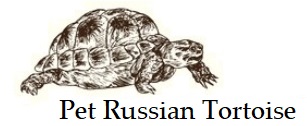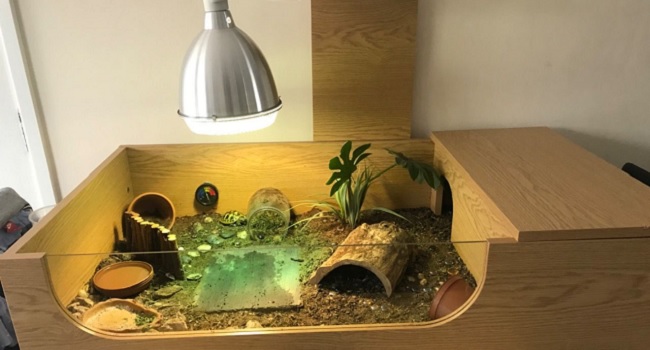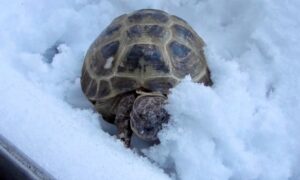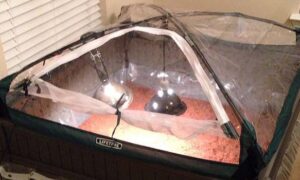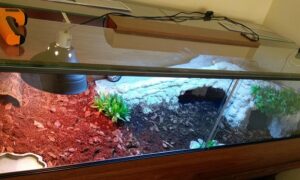When setting up a tortoise enclosure, it’s important to check all the enclosure requirements. Russian tortoises need UV, heat, substrate to dig and a house to feel secure. Having all the proper housing requirements ensures a healthy tortoise.
Types of UV Rays
The sun emits three types of UV rays – UVA, UVB and UVC.
UVA rays make up about 95% of the ultraviolet light that reaches the earth’s surface. , other animals and people when outside. UVA is easy to remember for UV-Aging. It causes wrinkles and aged skin in people. UVA rays can penetrate through clouds and glass.
UVB rays mostly absorbed by oxygen and ozone in the atmosphere with only 5% reaching the earth’s surface. UVB rays are those that cause sunburns when you’re outside without protection, hence UV-Burns. UVB cannot penetrate glass.
UVC rays are almost always fully absorbed by the atmosphere with little to no rays reaching the earth’s surface.
Why Is UV Important for Tortoises?
UVA helps create diurnal schedules, feeding, sleeping, mating, etc. In an indoor enclosure, you can create a diurnal schedule with a light, such as a flood light.
UVB, on the other hand, is pivotal for health. When UVB touches the skin, the rays penetrates the skin and hits the cholesterol within the skin cells, providing the energy for vitamin D synthesis. Vitamin D is important for the body to absorb calcium and phosphorus, which are two minerals that are essential for strong bones and muscles.
Without UVB for prolonged periods, tortoises can develop metabolic bone disease and irreparable illnesses. You may notice lethargy, lack of appetite and overall unwellness.
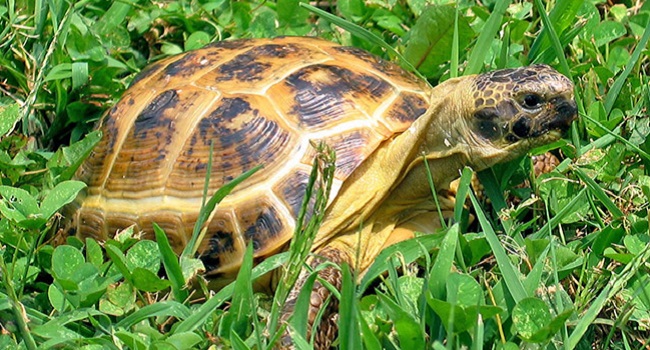
How Much UV Do Russian Tortoises Need?
If the Russian tortoise is house 100% of the time inside, you’ll want to leave the UV source on 8-12 hours a day to achieve a similar UV absorption as natural sunlight.
If the tortoise spends time outside, even if it’s just a few hours a week, you can actually do not need an interior source of UV. BUT, you’ll still want to use a source for light to create a diurnal schedule.
UV Index for Russian Tortoise
Russian tortoises are a Mediterranean tortoise, which fall in Ferguson Zone Chart zone three. They are open or partial sun baskers that require a UV range between 1.0-2.6 with a maximum of 2.9-7.4. You will measure the UV index (or UVI) with a solarmeter.
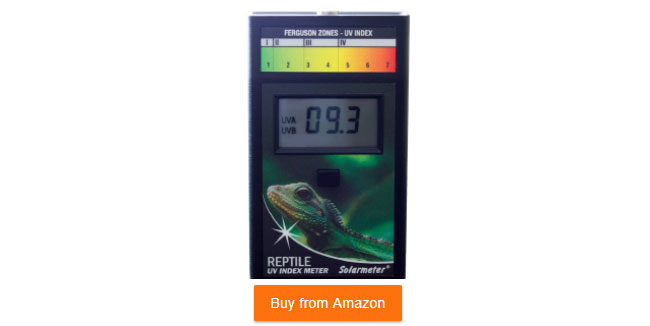
The SolarMeter 6.5 is is calibrated to read wavelengths (instead of intensity). The wavelengths are most active producing D3. This meter basically gauges how much D3 producing light actually reaches the tortoise.
Using a solarmeter will not only ensure a pet Russian tortoise is getting appropriate UV based on the height of the UV tube or UV bulb, but it will also tell you when it’s time to replace the UV source.
Can a Tortoise Receive Too Much UV?
In short, yes. Just like in people, too much UV can cause skin burns, eye irritation, heat exhaustion and dehydration. Tortoises will not necessarily overdose in UV, but it can cause complications when the UV exposure is too much or too high for long periods of time.
Too much UV exposure is more likely to occur outside, when the Russian tortoise is in direct sunlight or without adequate shade. However, it can also occur if the tortoise spends hours outside and then comes inside with artificial UV that is too strong or low hung in the enclosure.
Make sure to follow the brand requirements for installing a UV source in an indoor Russian tortoise enclosure. Also, be sure to use a solarmeter to measure the amount of UV output the bulb or tube is emitting at the installed height.
